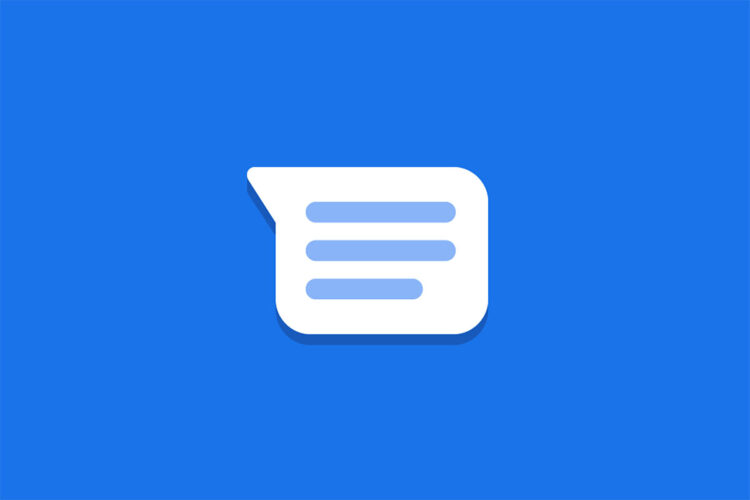Some shared view with those blue air pocket prattles.
Beside those contentions about green and blue air pockets, the most baffling thing when messaging somebody with an iPhone comes down to responses. Offering an approaching message a heart or a speedy go-ahead is a standard piece of present day informing, yet as of recently, iPhone responses have brought about Android clients getting off-kilter SMS depictions.
Google vowed to fix this by in a real sense making an interpretation of iMessage responses into something conspicuous on Android, and that update is at long last prepared for a bigger crowd.
Google is broadly carrying out another Google Messages element to beta clients that permits the Android informing application to accurately decipher emoticon responses sent from the iOS Messages application. The element gives off an impression of being live in variant 20220121_02_RC00 of the application, as per Droid-Life, yet not really for each client.
Despite the fact that it didn’t chip away at each telephone we attempted, we had the option to make it work on an Oppo Find X3 Pro, which is more than can be said for when the component at first began showing up last November.
The most recent beta for Google Messages is carrying out to clients now, and with it comes full help for iMessage responses otherwise called “Tapbacks,” obviously on Android.
These emoticon pop-ups are the same old thing to this side of the green-and-blue-bubble partition, as Google added a comparable element to RCS in 2020. All things considered, those default Android-select responses aren’t indistinguishable from what’s seen on iOS, and accordingly, interpreted Tapbacks look somewhat changed.
The element fixes a long-standing issue that can influence SMS visits among iPhone and Android clients. Whenever an iPhone client responds to an Android message with emoticon, the Android client ordinarily sees this response sent as a totally different instant message, bringing about disarray and loads of pointless mess.
Google upholds every one of the six of Apple’s reactions with an Android-driven twist. For instance, the fundamental heart on iOS changes into the heart-eyes emoticon, while the question mark prompts the “thinking face” emoticon. It’s absolutely more person than what’s given on iOS. Tapping on the emoticon prompts a “interpreted from iPhone” notice, reminding everybody that these symbols don’t match coordinated.
Already, the disapproval emoticon in the above model would have been addressed by a different instant message for Android clients, saying a client “detested” the “Do you concur?” message. The new beta application presently treats emoticon responses the equivalent across both working frameworks.
Every one of these responses has a comparing liveliness, providing those messages with an additional a sprinkle of style. While trying to make the most ideal experience for Android clients, Google worked out positively past the absolute minimum here. While cloned emoticon support would’ve been all that could possibly be needed for most clients, this new experience feels like something incorporated into Android at a local level even with the “deciphered” notice.
There are irregularities between how responses are addressed on each working framework. Approval and disapproval responses are comparative across the two stages, however iOS’s “haha” response transforms into “face with bittersweet tears happiness” on Android, while “heart” becomes “grinning face with heart-eyes.”
“Interjection marks” become “face with open mouth” while “question mark” is “thinking face.” These are minor contrasts, however they could prompt altogether various translations of a response’s importance.
All things considered, you actually can’t send a response back to iOS. Tapping and holding an approaching message simply chooses it for duplicating or cancellation. This issue is something the two organizations would need to cooperate on, and obviously won’t occur at any point in the near future. This highlight likewise doesn’t work with photographs, so in the event that you send a companion or relative an image of your feline, you’ll get “Adored a picture” consequently.
Steven Tiplady is a one of the most popular contemporary author . he is a science fiction reviewer, but over the course of his life he published more than sixty books of fiction and non-fiction. Including children’s books, poetry, short stories and Essay.
Disclaimer: The views, suggestions, and opinions expressed here are the sole responsibility of the experts. No The Insure Life journalist was involved in the writing and production of this article.

